Original Korean War FEUERHAND SUPER BABY No. 175 W. German Field Hospital Lantern
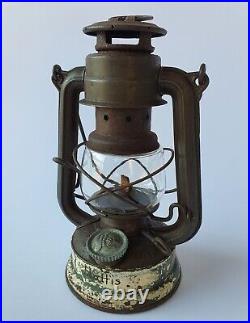
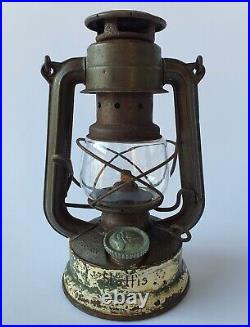
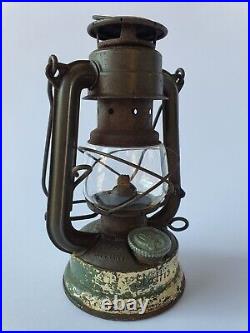
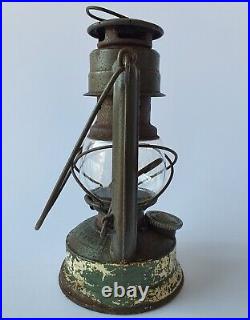
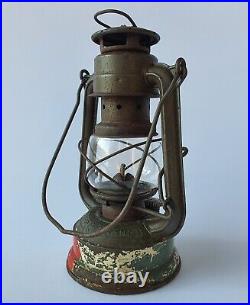
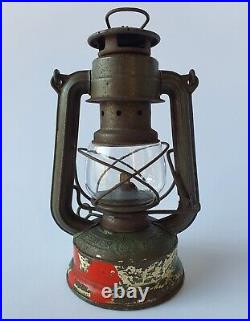
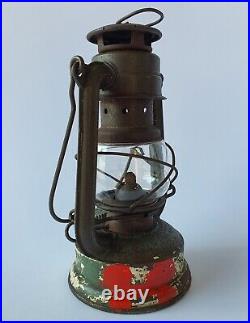
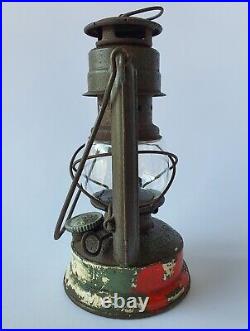



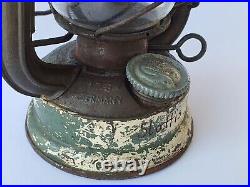
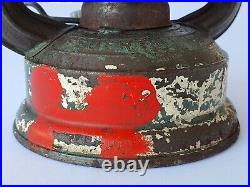
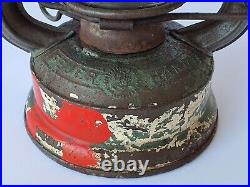
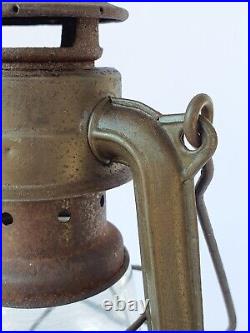
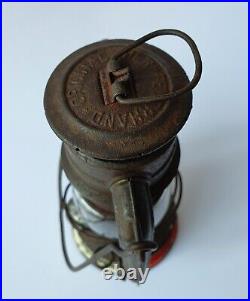
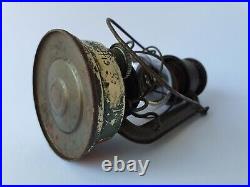
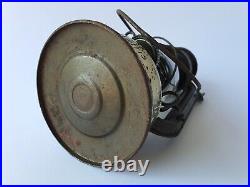


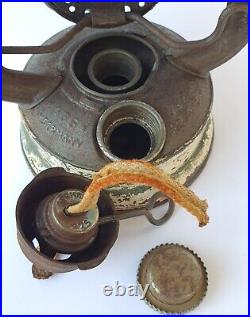

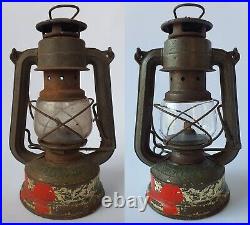
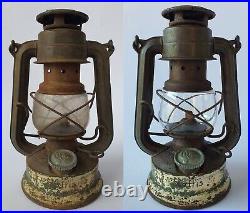

POST WORLD WAR 2 PRODUCTION. MILITARY FIELD HOSPITAL KEROSENE LANTERN. MODEL FEUERHAND SUPER BABY No. In 1893 the brothers Hermann and Ernst Nier founded a production plant for storm lanterns in the small German town of Beierfeld.
Neir Feuerhand Company from 1933 started production of the military Baby series storm lanterns. They are equipped with refractory Borosilicate glasses from Schott in Jena. The lantern model FEUERHAND SUPER BABY No. 175 was massively produced and used during WW2. This lantern model is battle field tested and proven, in all military branches, from 1938 to 1945.
It is one of the most successful military models of small storm lanterns for field use. There was a perfect balance of dimensions, durability, tank capacity and lighting power. After the war, the Nier family factory was expropriated, the machines were dismantled and brought into the Soviet Union. The family fled to the Westphalian little town Lüdenscheid in West Germany.
There they built a small workshop and started modest serial production of lanterns. In a very short time, they increased the production and there was a need to expand the capacities. That's why in 1949 they moved to Hohenlockstedt in Schleswig-Holstein to a bigger production facility. The brand name "Feuerhand" still belonged to the Nier family the lamp kept the pre-war and war marking - FEUERHAND SUPER BABY No. The Neir Feuerhand Company's standard glass ball supplier Schott in Jena also remained in East Germany and therefore the refractory borosilicate glass ball on this lantern has no markings.
This fact indicates that it is a very early post-war production. An oil lamp that I have the honor to offer for sale was produced in West Germany (Westdeutschland) in the town of Hohenlockstedt in the district of Steinburg, in Schleswig-Holstein, after 1949, in a small workshop, according to the same pre-war patent. Also, by careful measurement, it can be seen that there are slight differences in dimensions with the pre-war and war production of SUPER BABY No.The differences in the post-war production are in the size/diameter of the kerosene cap and the lantern is higher by about 4 millimeters. The lamp is very well preserved, with original US Army WWII olive drab paint and authentic additionally (field improvisation) hand painted marking - on a white paint background in red "H"(the abbreviation for hospital) and from the other side owner's name "Slottis"... Scratched (in German spelling) on the lantern kerosene tank.
This can be related to the fact that after the end of World War II, Germany was not allowed to form its own army and participate with armed forces in United Nations military/peacekeeping missions. West Germany could only participate with unarmed medical support units. All this detail suggests the possibility that this lamp was used in the Korean War, in some field hospital, by West German, Danish, Swedish or Norwegian medical personnel. This item is in the category "Collectibles\Militaria\Korea (1950-53)\Original Period Items".
The seller is "aminta3" and is located in this country: MK. This item can be shipped worldwide.- Conflict: Korea (1950-53)
- Original/Reproduction: Original
- Theme: Militaria
